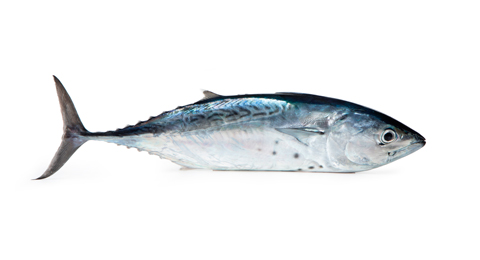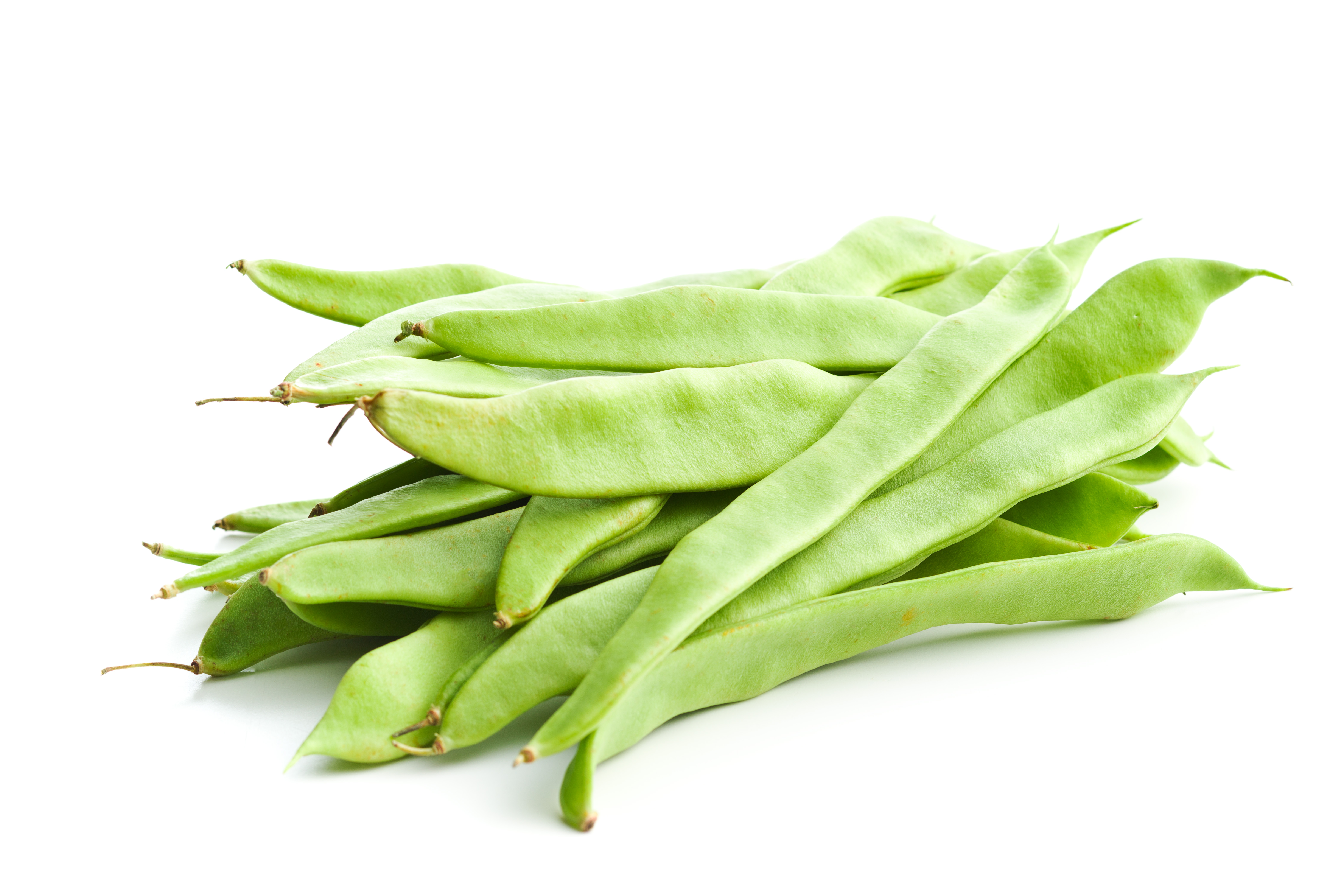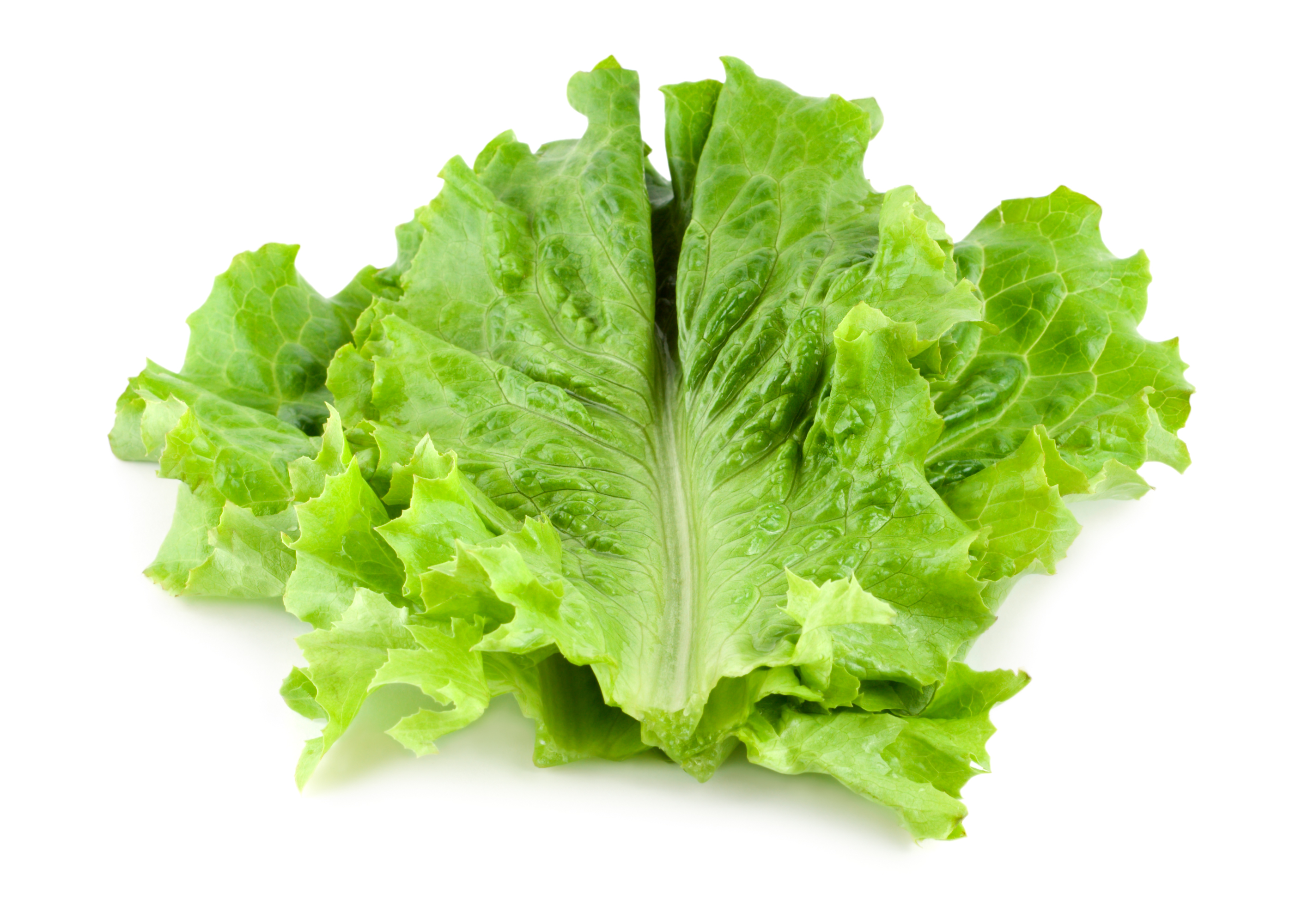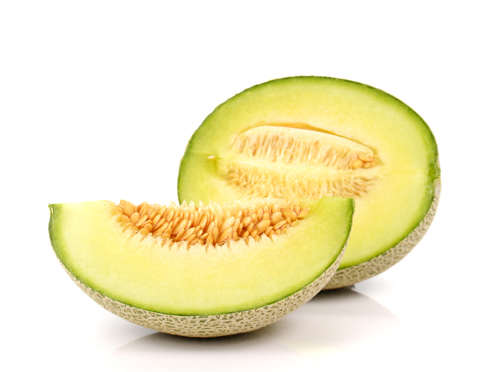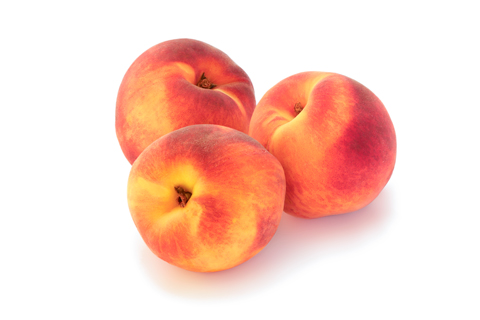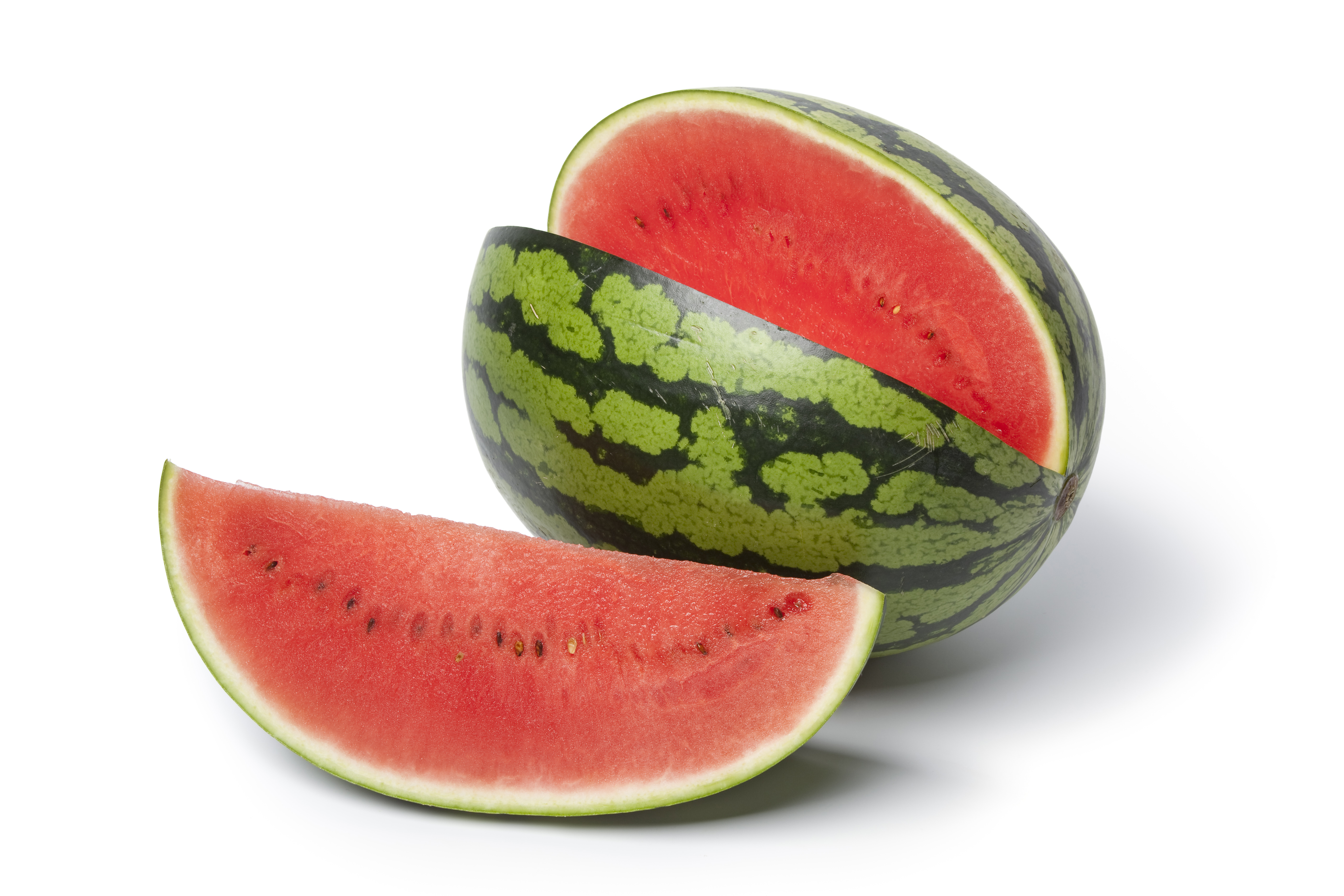Aubergine
While aubergines are typical of Mediterranean crops, the first records we have of them indicate that they originated in India around 2000 BC and point out that it was thanks to Arab merchants trading through the Spanish Peninsula during the 8th century that the plant reached our shores for good.

-
Like most vegetables, aubergines are high in water content and low in protein, fat and carbohydrate. Thanks to their vitamin content, aubergines:
- Are good for the retina.
- Help with the growth of bones and teeth.
- Help our body to function as they facilitate metabolic exchange.
- Help with the production of red and white blood cells.
- Help to prevent possible cramp in limbs.
- Contain powerful antioxidants, such as chlorogenic acid.
- Stimulate the functioning of the bladder and liver.
Note that, as with potatoes and some other vegetables, their solanine content needs to be taken into account. Solanine is a toxin that acts as a defence against vertebrate and invertebrate animals and fungi and is harmful to humans in high quantities.
-
There are many ways aubergines can be prepared for consumption: over a grill, in escalivada, etc., but they should never be cooked in a way allows them to be burnt directly, such as over burning embers, as that could generate carcinogenic particles, or which enables them to absorb too much fat, such as frying.
-
The entire vegetable can be used, as it is very fleshy and has a skin which, if properly cooked/tenderised, isn’t bad at all. However, if that’s not to your taste, you can chop it up into chips, adding salt and olive oil (mixed well in a bowl so everything is soaked up) and put the chips into an oven on a tray lined with oven paper (in a single layer). Heat the oven to 180°C and leave the chips there for 15 minutes. Remove them once they are golden brown, let them cool off for 1 minute and serve.
Remember too not to cut off too much of the tips and, if you wish to make the most of the entire length, to remove the leaves from the petiole and chop it up finely. There’s no need to cut off the other tip as it can all be used whatever the dish you’re preparing.
If you want to store some of the aubergine, when you have more than you need, you can either cook it and freeze it (escalivada, in samfaina, sautéed) or preserve it in brine, pickle it in vinegar or make it into a jam.



